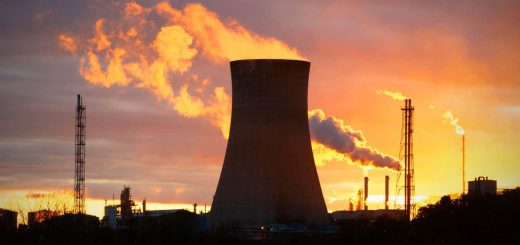We could make roads on the moon by melting lunar dust
Lunar dust can be melted with a laser to make a strong, glassy material – and a similar effect could be achieved by focusing sunlight with a lens
By Jonathan O’Callaghan
12 October 2023
Illustration of a paved road and landing pad on the lunar surface
Liquifer Systems Group
Lunar dust could be melted into paving slabs to create roads on the moon, enabling easier transport across its surface.
Miranda Fateri at Aalen University in Germany and her colleagues used a 12-kilowatt laser to heat a powder made of plagioclase, olivine and pyroxene, developed as a substitute for lunar dust.
At a temperature of 1200°C, the dust compacted and turned into a black, glassy structure with a compression strength comparable to that of concrete, which could be usable as a road surface. “It makes transport on the moon easier,” says Fateri.
Advertisement
While deploying a laser on the moon to create such a road might be difficult, the researchers calculate that a 1.5-metre-wide lens could instead be used to focus sunlight and produce the same effect.
Previous experiments have used lasers to compact replica lunar soil, but Fateri says her team’s 10-centimetre-wide beam is the widest yet used.
The researchers then used the laser to create interlocking triangle shapes from the lunar soil, measuring 25 centimetres on each side. They envisage that these shapes could be laid down on the surface of the moon like tiles to create a road that vehicles could drive over. This would not only make driving easier, but prevent lunar dust from being kicked up and damaging equipment.


